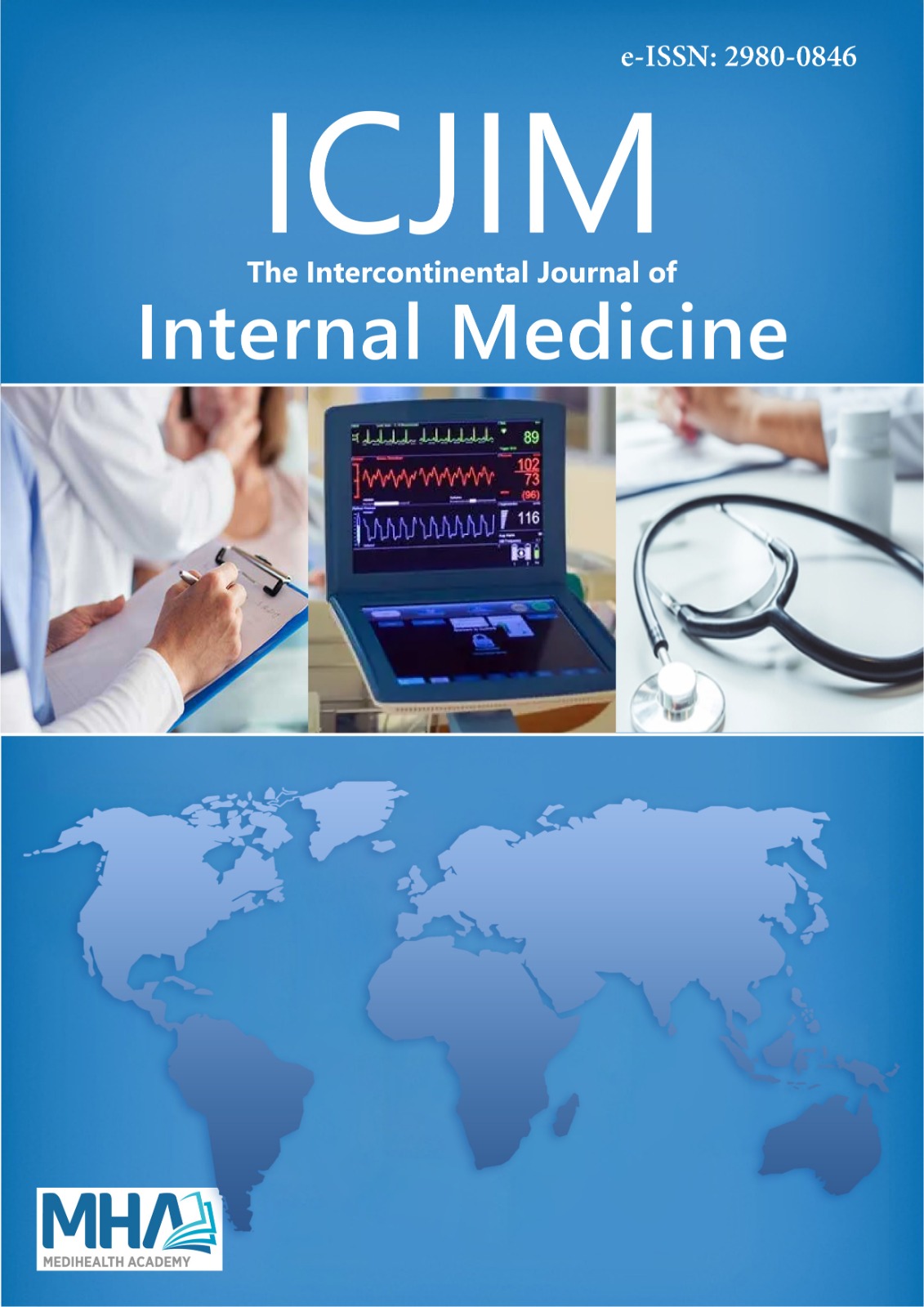1. Katz PO, Gerson LB, Vela MF. Guidelines for the diagnosis andmanagement of gastroesophageal reflux disease. Am J Gastroenterol.2013;108(3):308-329. doi:10.1038/ajg.2012.444
2. Penagini R, Carmagnola S, Cantu P. Gastro-oesophageal reflux disease-pathophysiological issues of clinical relevance. Alimentary Pharmacol &Therapeutics. 2002;16:65-71. doi:10.1046/j.1365-2036.16.s4.10.x
3. Pyo JH, Kim JW, Kim TJ, et al. Physical Activity ProtectsAgainst the Risk of Erosive Esophagitis on the Basis of BodyMass Index. J Clin Gastroenterol. 2019;53(2):102-108. doi:10.1097/MCG.0000000000000947
4. Moki F, Kusano M, Mizuide M, et al. Association between refluxoesophagitis and features of the metabolic syndrome in Japan.Aliment Pharmacol Ther. 2007;26(7):1069-1075. doi:10.1111/j.1365-2036.2007.03454.x
5. Festi D, Scaioli E, Baldi F, et al. Body weight, lifestyle, dietaryhabits and gastroesophageal reflux disease. World J Gastroenterol.2009;15(14):1690-1701. doi:10.3748/wjg.15.1690
6. Biccas BN, Lemme EM, Abrahão LJ Jr, Aguero GC, Alvariz A,Schechter RB. Maior prevalência de obesidade na doença do refluxogastroesofagiano erosiva. Arq Gastroenterol. 2009;46(1):15-19.doi:10.1590/s0004-28032009000100008
7. Kang MS, Park DI, Oh SY, et al. Abdominal obesity is an independentrisk factor for erosive esophagitis in a Korean population. J GastroenterolHepatol. 2007;22(10):1656-1661. doi:10.1111/j.1440-1746.2006.04518.x
8. Cnop M, Landchild MJ, Vidal J, et al. The concurrent accumulation ofintra-abdominal and subcutaneous fat explains the association betweeninsulin resistance and plasma leptin concentrations : distinct metaboliceffects of two fat compartments. Diabetes. 2002;51(4):1005-1015.doi:10.2337/diabetes.51.4.1005
9. El-Serag H. Role of obesity in GORD-related disorders. Gut.2008;57(3):281-284. doi:10.1136/gut.2007.127878
10. Tai CM, Lee YC, Tu HP, et al. The relationship between visceral adiposityand the risk of erosive esophagitis in severely obese Chinese patients.Obesity (Silver Spring). 2010;18(11):2165-2169. doi:10.1038/oby.2010.143
11. Sharara AI, Rustom LBO, Bou Daher H, et al. Prevalence ofgastroesophageal reflux and risk factors for erosive esophagitisin obese patients considered for bariatric surgery. Dig Liver Dis.2019;51(10):1375-1379. doi:10.1016/j.dld.2019.04.010
12. Vakil N. Dyspepsia, peptic ulcer, and H. pylori: a remembrance ofthings past. Am J Gastroenterol. 2010;105(3):572-574. doi:10.1038/ajg.2009.709
13. Thrift AP, Whiteman DC. The incidence of esophageal adenocarcinomacontinues to rise: analysis of period and birth cohort effects on recenttrends. Ann Oncol. 2012;23(12):3155-3162. doi:10.1093/annonc/mds181
14. Sakaguchi M, Oka H, Hashimoto T, et al. Obesity as a risk factor forGERD in Japan. J Gastroenterol. 2008;43(1):57-62. doi:10.1007/s00535-007-2128-7
15. Holloway RH, Penagini R, Ireland AC. Criteria for objective definitionof transient lower esophageal sphincter relaxation. Am J Physiol.1995;268(1 Pt 1):G128-G133. doi:10.1152/ajpgi.1995.268.1.G128
16. Meira ATDS, Tanajura D, Viana IDS. Clinical and endoscopicevaluation in patients with gastroesophageal symptoms. ArqGastroenterol. 2019;56(1):51-54. doi:10.1590/S0004-2803.201900000-16
17. Nam SY, Park BJ, Cho YA, et al. Different effects of dietary factors onreflux esophagitis and non-erosive reflux disease in 11,690 Koreansubjects. J Gastroenterol. 2017;52(7):818-829. doi:10.1007/s00535-016-1282-1
18. Nurleili RA, Purnamasari D, Simadibrata M, Rachman A, TahaparyDL, Gani RA. Visceral fat thickness of erosive and non-erosive refluxdisease subjects in Indonesia’s tertiary referral hospital. Diabetes MetabSyndr. 2019;13(3):1929-1933. doi:10.1016/j.dsx.2019.04.025
19. Masaka T, Iijima K, Endo H, et al. Gender differences in oesophagealmucosal injury in a reflux oesophagitis model of rats. Gut. 2013;62(1):6-14. doi:10.1136/gutjnl-2011-301389
20. Chung SJ, Kim D, Park MJ, et al. Metabolic syndrome and visceralobesity as risk factors for reflux oesophagitis: a cross-sectional case-control study of 7078 Koreans undergoing health check-ups. Gut.2008;57(10):1360-1365. doi:10.1136/gut.2007.147090
21. Gunji T, Sato H, Iijima K, et al. Risk factors for erosive esophagitis:a cross-sectional study of a large number of Japanese males. JGastroenterol. 2011;46(4):448-455. doi:10.1007/s00535-010-0359-5
22. Wolters B, Lass N, Reinehr T. TSH and free triiodothyronineconcentrations are associated with weight loss in a lifestyle interventionand weight regain afterwards in obese children. Eur J Endocrinol.2013;168(3):323-329. doi:10.1530/EJE-12-0981
23. Kok P, Roelfsema F, Langendonk JG, et al. High circulating thyrotropinlevels in obese women are reduced after body weight loss induced bycaloric restriction. J Clin Endocrinol Metab. 2005;90(8):4659-4663.doi:10.1210/jc.2005-0920
24. Mokhsin A, Mokhtar SS, Mohd Ismail A, et al. Observational study ofthe status of coronary risk biomarkers among Negritos with metabolicsyndrome in the east coast of Malaysia. BMJ Open. 2018;8(12):e021580.doi:10.1136/bmjopen-2018-021580
25. Park JH, Park DI, Kim HJ, et al. Metabolic syndrome is associated witherosive esophagitis. World J Gastroenterol. 2008;14(35):5442-5447.doi:10.3748/wjg.14.5442
26. Ierardi E, Rosania R, Zotti M, et al. Metabolic syndrome and gastro-esophageal reflux: A link towards a growing interest in developedcountries. World J Gastrointest Pathophysiol. 2010;1(3):91-96.doi:10.4291/wjgp.v1.i3.91
27. Hsieh YH, Wu MF, Yang PY, et al. What is the impact of metabolicsyndrome and its components on reflux esophagitis? A cross-sectionalstudy. BMC Gastroenterol. 2019;19(1):33. doi:10.1186/s12876-019-0950-z
28. Ze EY, Kim BJ, Kang H, Kim JG. Abdominal visceral to subcutaneousadipose tissue ratio is associated with increased risk of erosiveesophagitis. Dig Dis Sci. 2017;62(5):1265-1271. doi:10.1007/s10620-017-4467-4
29. Niigaki M, Adachi K, Hirakawa K, Furuta K, Kinoshita Y. Associationbetween metabolic syndrome and prevalence of gastroesophagealreflux disease in a health screening facility in Japan. J Gastroenterol.2013;48(4):463-472. doi:10.1007/s00535-012-0671-3
30. Corley DA, Kubo A, Zhao W. Abdominal obesity, ethnicity and gastro-oesophageal reflux symptoms. Gut. 2007;56(6):756-762. doi:10.1136/gut.2006.109413
31. Nilsson M, Lundegårdh G, Carling L, Ye W, Lagergren J. Body massand reflux oesophagitis: an oestrogen-dependent association?. Scand JGastroenterol. 2002;37(6):626-630. doi:10.1080/00365520212502
32. Fujikawa Y, Tominaga K, Fujii H, et al. High prevalence ofgastroesophageal reflux symptoms in patients with non-alcoholicfatty liver disease associated with serum levels of triglyceride andcholesterol but not simple visceral obesity. Digestion. 2012;86(3):228-237. doi:10.1159/000341418
33. Nocon M, Labenz J, Jaspersen D, et al. Association of body massindex with heartburn, regurgitation and esophagitis: results of theProgression of Gastroesophageal Reflux Disease study. J GastroenterolHepatol. 2007;22(11):1728-1731. doi:10.1111/j.1440-1746.2006.04549.x
34. Ayazi S, Hagen JA, Chan LS, et al. Obesity and gastroesophageal reflux:quantifying the association between body mass index, esophagealacid exposure, and lower esophageal sphincter status in a large seriesof patients with reflux symptoms. J Gastrointest Surg. 2009;13(8):1440-1447. doi:10.1007/s11605-009-0930-7
35. Sogabe M, Okahisa T, Kimura Y, Hibino S, Yamanoi A. Visceral fatpredominance is associated with erosive esophagitis in Japanese menwith metabolic syndrome. Eur J Gastroenterol Hepatol. 2012;24(8):910-916. doi:10.1097/MEG.0b013e328354a354
36. Endo Y, Kumagai K. Induction by interleukin-1, tumor necrosisfactor and lipopolysaccharides of histidine decarboxylase in thestomach and prolonged accumulation of gastric acid. Br J Pharmacol.1998;125(4):842-848. doi:10.1038/sj.bjp.0702108
37. Wu JC, Mui LM, Cheung CM, Chan Y, Sung JJ. Obesity is associatedwith increased transient lower esophageal sphincter relaxation.Gastroenterology. 2007;132(3):883-889. doi:10.1053/j.gastro.2006.12.032

